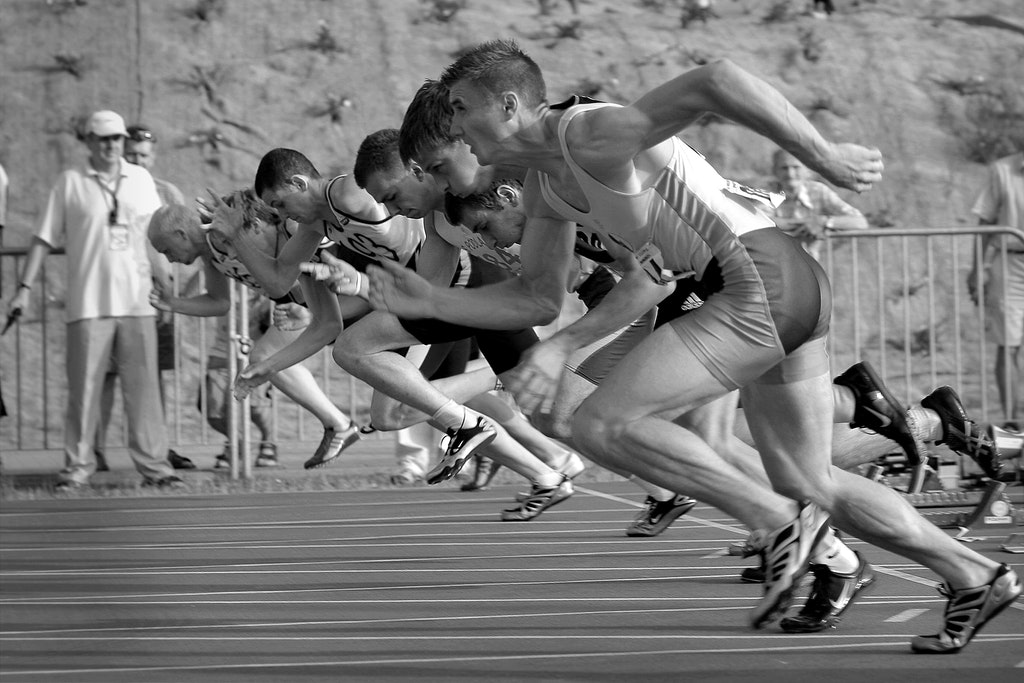
Emerging sports technology has completely revolutionised the sporting world in the previous five years. Fans can get more involved in the game, which even makes ice hockey worth watching, and sportspeople can improve their performance, thanks to these technologies. In today’s modernising society, technology has received a fair amount of praise. Technology has improved our lives in various areas, including health care, government, education, and communication. The sports industry is no exception to the rule that no sector is slow to adopt new technology.
Technological advancements have dramatically transformed the world of sports. Technological innovation is responsible for almost every new rule, game, or experience. We can get more personal with our favourite players and connect with our favourite team’s thanks to social media technology. Sports are an essential element of our culture and a significant source of revenue. While sports teams, leagues, and television providers monetise every part of the game, technology provides fans with new ways to watch their favourite games.
Let us now look at some of the ways that technology is helping to improve the sporting world.
Sensory Equipment
The introduction of gadgets that can assess multiple metrics during a game or race is arguably the greatest of all sport technology developments. Sport-specific sensor gadgets are now available for almost every physical activity imaginable. One notable example is the Easton Power Sensor. This device attaches to the end of a bat and measures parameters including swing speed, power, and directionality. Another excellent example of sports technology is the Zepp 2 Golf Sensor, which delivers 3D modelling of your golf swing. Aside from these examples, there is a slew of other sport-specific sensors changing the way athletes view their sport.
Sensors for balls and pucks are already on the market. Professional leagues will soon develop a system to determine whether a goal or touchdown is genuine depending on whether the ball or puck crosses the goal line. Sensors have also taken the professional sports world by storm, as the data gathered from these devices give us access to a wealth of advanced statistical data we’ve never had before. Teams use these advanced analytics to help with scouting, personnel choices, and much more in the front office. In addition, fans will be able to delve even deeper into the facts to assess player performance with these new measures.
Better Coverage
The main benefit of technology advancements in the sports sector is that individuals may access extensive coverage of all sports tournaments going place across the world. This level of sports coverage has never been seen before. People used to follow their favourite sport on a few channels during the early days of technical advancements in the sports sector. Today, however, there are a significant number of channels available in both standard and high definition (HD) quality where you may enjoy watching your favourite sport.
You may keep a close eye on the players, their shots, and so on. If you missed a live competition in the past, you had to wait until the following day to hear about the results on the radio or in the newspaper. People can now watch repeat telecasts multiple times throughout the day and record, save, and replay them. They can also learn the competition results on the same day through news networks and numerous other social media platforms if they miss the live tournament.
Wearable
While wearable technology is not a new concept in the fitness and athletics worlds, advances in sensor technology and accuracy have entirely transformed the fitness tracker market, making wearable tech one of the most significant technological advances in sports. A decade ago, sportspeople and fitness fanatics who wanted to measure basic workout stats had to rely on cumbersome, unsightly, and inconvenient gadgets. However, wearable technology has made its way into sports since it is so well designed and functional.
Athletes and fitness enthusiasts may correctly measure data like steps walked, stairs climbed, calories burned, and so much more using high-end wearable equipment. These gadgets can even track your sleep and give you helpful information on how to enhance your habit. As technology advances, so do the devices that are fueled by it. Because of its increased cardiac monitoring and ECG capabilities, the FDA has classified the newest Apple Watch as a class II medical device. Apple is far from the only company using these technologies in sports; other significant manufacturers also incorporate similar technology into their products.
Safety
New technology in sports equipment has altered the way manufacturers keep sportspeople safe from harm, from helmets to cleats. Years of impact data are being combined with technologically improved materials by helmet manufacturers to create safer and more comfortable helmets. Companies that make pads, gloves, and other gear are in the same boat. These innovations offer players the equipment they need to keep safe while still performing at their best.

Sports technology makes it easier for everyone to enjoy the sports and activities they enjoy, from athletes to coaches and management to fans in the stands. So we’re excited to see what the future of technology in athletics holds.